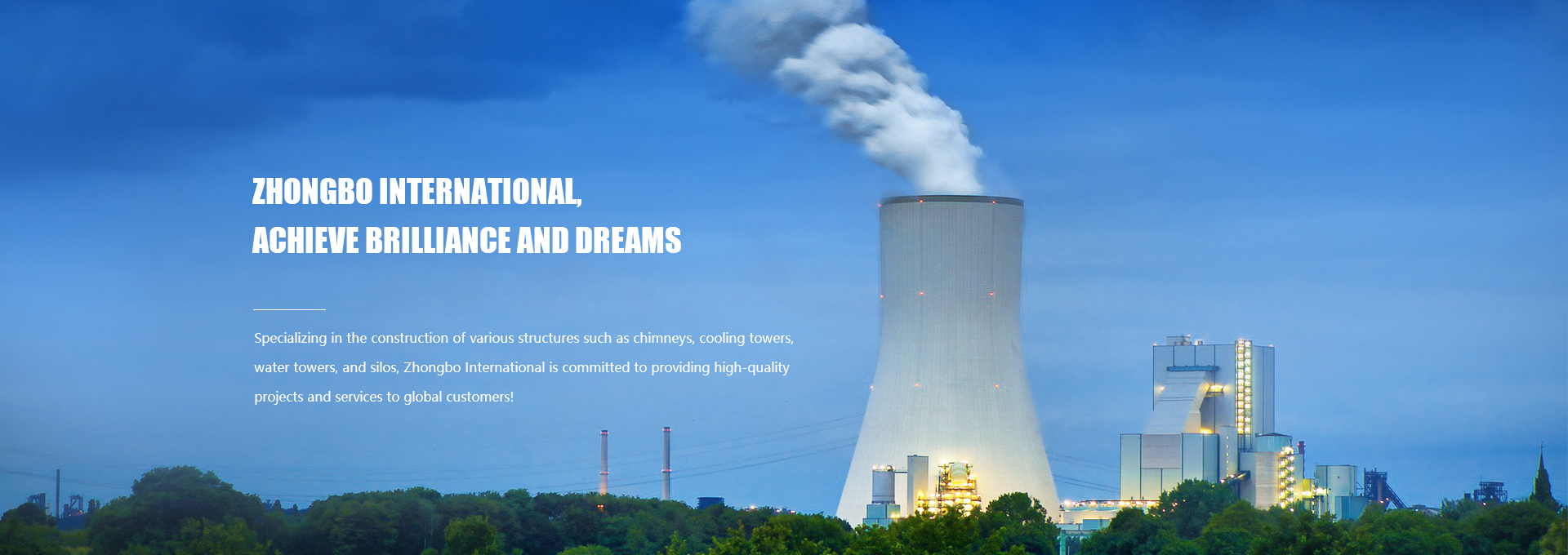How to Choose a Cooling Tower: Crossflow vs Counterflow Cooling Towers
Cooling towers used in HVAC systems generally fall into two categories: cross-flow cooling towers and counter-flow cooling towers. Cross-flow and counter-flow are defined by the way the water interacts with the heat transfer surface airflow, the distinction being based on how the water and airflow meet above the packing. Cross-flow cooling towers distribute hot water vertically into the airflow. The water is distributed over the fill from the top distributor of the cooling tower, and the cooling tower fan moves the air through the fill at a low level. Countercurrent cooling towers distribute water through pressurized sprinklers, where the water flow and air flow are parallel and square in opposite directions in the fill. Air is drawn from the bottom of the cooling tower, over the surface of the fill, and hot and humid air is exhausted from the top.
Here comes the question: why do we choose one of the cooling towers (cross-flow/counter-flow cooling towers) over the other?
Very simple, usually a comprehensive consideration. In most usage scenarios, cross-flow cooling towers (also called AC cooling towers) are the preferred choice. We could cite several reasons, but the most important are overall efficiency and operational maintainability. However, the cross-flow cooling tower occupies a larger area than the counter-flow cooling tower, but the height is lower. If the available area of the installation site is small but the available height is large, then the counter-flow cooling tower is also a good choice. A counterflow tower is also a good choice if there are multiple walls near the installation site, as it draws air from the bottom and is less affected by wall obstruction.
Below we introduce the design features of cross-flow towers and counter-flow towers
1 Design features of cross-flow cooling tower
One of the outstanding advantages of the cross-flow cooling tower is that it uses a pump and motor with a smaller flow head, so the operating cost has a very large advantage. At the same time, the cross-flow cooling tower can be installed with a maintenance platform inside, which can be repaired and replaced. Escalator can also be installed outside to facilitate maintenance.
In the water distribution part, the water distribution system at the top of the cross-flow tower distributes water through neutral, and does not need extra pressure, so a smaller pump can be used. The counter-current tower needs to be pressurized to ensure that the water can be distributed evenly under compliance. This is the important thing between the two.
When the pump with adjustable flow is used, it can work at the minimum flow to achieve the effect of saving electricity. However, doing this in arid areas (such as northwest my country) may increase the amount of evaporation and make it easier to scale. The countercurrent cooling tower cannot adjust the water flow until it is modified. Otherwise, it is easy to overflow under the tower and form a large area of scale on the heat transfer surface.
All the above features and advantages are mainly applicable to factory-assembled cooling towers, and civil cooling towers are mainly concerned with cooling tower operating noise, and cross-flow cooling towers are selected instead of counter-flow cooling towers.
Fan selection: Axial or centrifugal fans can be used for both cross-flow and counter-flow towers. When the height of the cooling tower is required to be reduced as much as possible, the centrifugal fan is used in the counter-flow cooling tower to minimize the vertical height of the entire company. But this can only be used in counter-flow cooling towers below 300 tons, and larger tonnage cooling towers are not applicable.


